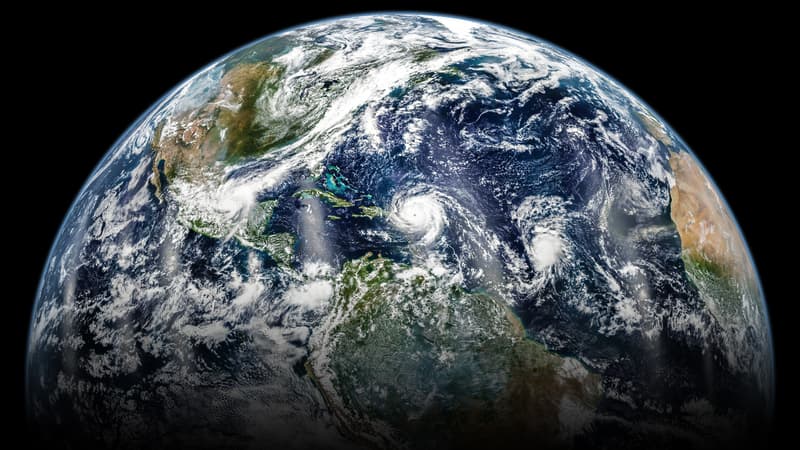“It is still a half -ton thing that will fall from the sky,” said astrophysicist Jonathan McDowell to Sky News. And for a good reason: on Saturday, a space probe of the Soviet era should crash on Earth, after having stayed in orbit for more than half a century, reports the BBC this Friday, May 9.
Run in 1972 from Kazakhstan, the Cosmos 482 investigation had a mission to Venus, but failed to leave the low terrestrial orbit and broke into four pieces, according to NASA.
Consequently, one of the fragments will enter the atmosphere of the earth and part of the landing that includes the probe could survive without burning. The space agency provides its arrival at 9:16 am (French time), but this date can vary from several hours. At the moment, the place where I could land is still unknown to experts.
“It is much more likely that you are winning the lottery that these space waste touches you,” said Stijn Lemmens, a main analyst to reduce space waste in the European space agency.
This capsule, which takes the shape of a robust spherical object of approximately one meter wide and weighs almost half of the ton A, was built to survive the heat and extreme pressure of the atmosphere of Venus, which means that it has a robust thermal shield and a lasting structure.
About 34,000 orbit objects around the earth
But specifically, what are the risks of this arrival? If experts think that debris could survive an uncontrolled decrease in the land atmosphere, experts indicate that the parachute system, to stop the descent of landing, probably degrade for more than 50 years in space.
However, the risk for people is quite low, but the flight trajectory provided for the capsule could allow it to land anywhere, either London or Colombia.
A prioriIt has no concern, since “the return of man -manufactured objects in the earth’s atmosphere is quite frequent,” said analyst Stijn Lemmens to British Media Sky News. According to several French scientists, “the main danger is found in collisions between satellites and space debris.”
Today, French scientists estimate the number of objects greater than 10 centimeters in orbit around the earth in 34,000.
Source: BFM TV


